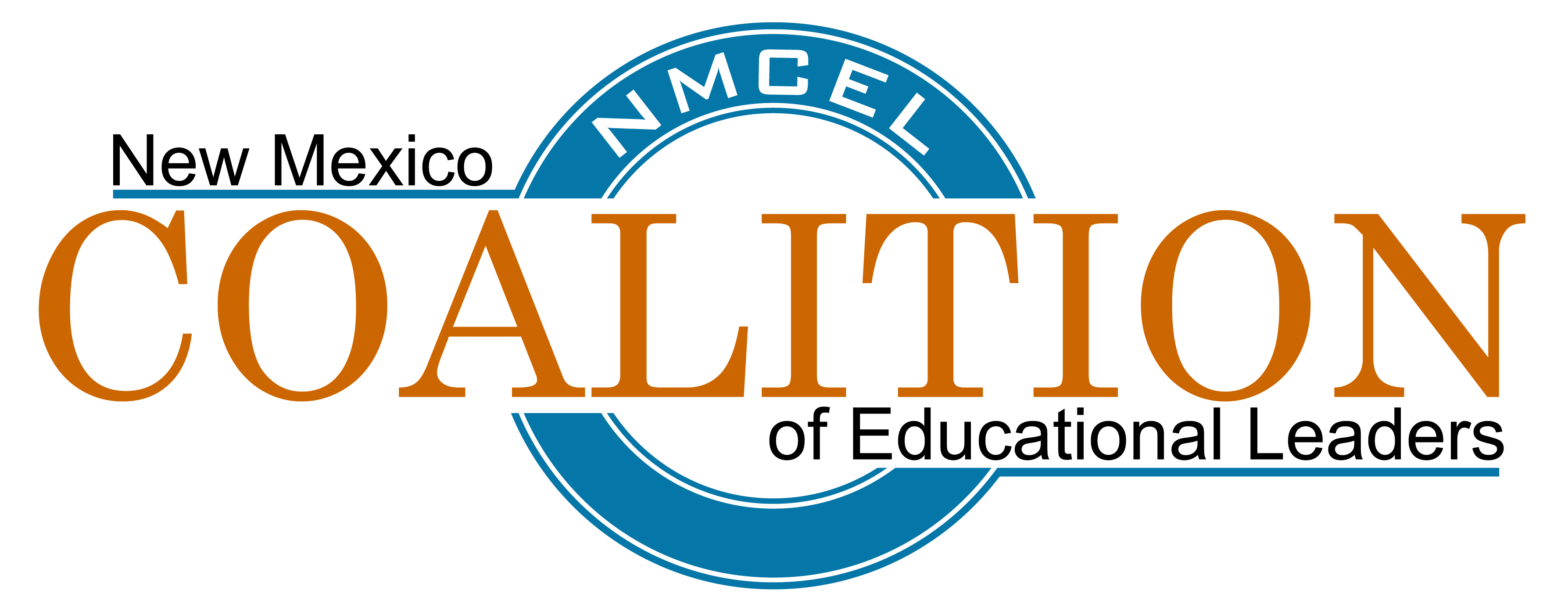Colleagues:
Indeed, this is the most challenging startup of school that I can remember (as I start year 47 as a practicing educator in New Mexico). The impact of COVID-19 and the impact of the Governor’s Health Orders have significantly changed how we are delivering education to our NM children. As of this writing, the Health Order allows the reentry through hybrid instruction in most counties. Excluded are counties that are in the “yellow” or “red” designations where one or both of the following conditions fall below the acceptable limits: 1. Positivity rates below 5%; and 2. New daily case rates of less than 8 per 100,000.
The following counties are restricted from hybrid reentry: McKinley, Quay, Curry, Roosevelt, Chaves, Lea, Eddy, Doña Ana, Luna, and Hidalgo.
As reentry plans submitted by districts targeted September 8, 2020, as “opening day” (per Governor’s Health Order), several requirements were added in a “Toolkit” published late in the week preceding September 8 which included:
- The requirement is that Superintendents have an approved reentry plan, that an Assurances Document is signed by the superintendent that assured compliance with all items in the Toolkit. Several new items appeared in the toolkit that had not been included (or anticipated) within the plans submitted by districts.
- Registering (rostering) of a teacher list as a condition for return after months of planning that NMPED approved which called for 50% of classroom capacity rather than the newly imposed guideline for 50% of a teacher roster.
- The use of overtime or 3rd party vendors to do deep cleans of the schools was not something anticipated in operating budgets. This expensive solution has the negative impact of drawing into budget reserves.
- Mask guidelines that call for N95 are burdensome as earlier guidelines were less restrictive and KN95 masks were purchased with good intent. Removal of “shields” as appropriate masks for k-3 students so that instructional articulation could be delivered.
- Significant among those several items included a requirement that heating and air-conditioning systems include mandatory use of Merv-13 filters. These filters are a very high level of filtration and are not commonly used by schools. A lower-level filter of Merv-7, Merv-9, or Merv-11 is more commonly used in schools. To pivot filters in less than a week is impossible for districts to do. Districts that have now ordered Merv-13 filters have been informed by suppliers that the order is likely not to be filled for 8 months or so, effectively having the potential to force school closure for the entire school year. We have worked organizationally with the Secretary and his cabinet to resolve this issue and are determining workarounds at this time. However, as of this publication, we have no written guidance for this matter.
- A number of districts have delayed their reopening plans indefinitely due to the fluidity of the operationalization of several new requirements.
To assist with planning, information flow, communication, and operationalization of reentry, the NMSSA has conducted weekly calls with state Superintendents to collaborate on the many issues being encountered. During the summer, we have also been on conference calls with the NM Secretary with Superintendents, Charter Leaders, Board Members, and Union Representatives as we do our part in collaborating on the Health Orders as well as the strategies of reopening. These calls have provided frontline opportunities for those “on the ground” to connect with the policymakers and attempt alignment and understanding.
There continues to be much frustration among superintendents regarding the timeliness of the information and the alignment of policy with “putting it on the ground.” It is our opinion that we need to continue asserting how best to balance “educational efficacy” with “health and safety of the student.” Certainly, face-to-face instructional practice is significantly better than remote-only instruction. We worry about the efficacy gap that seems to be expanded among significant groups of students harkening to the compliance issues brought forward in the Martinez/Yazzie Court ruling. It is a balance difficult to accomplish under the best of circumstances but is even more worrisome under the restrictive conditions that we have been operating for the last 5½ months.
The major legislative initiatives that were enacted to meet the Martinez/Yazzie Order included two critical increases of instructional time through K-5+ and Extended Learning (ELTP). More than $100 million was allocated in a recurring fashion to extend services for the students who need it most. These two programs were difficult to accomplish in year 1 as the “implementation slope” was very steep in year one (2019-2020) and were shortened from March 2020 forward due to Health Orders. Exasperating the efforts were impacts from the Special Session (as the state’s economy tanked) and now, in year 2 (2020-21), have been significantly stymied with the Health Order/Toolkit double whammy facing each district.
Through our lens, we see the balance of educational efficacy and public health as a difficult set of policy decisions that must balance the Constitutional Assurance of Educational Equity and the real need to balance public health. We are just not sure that the equities of educational efficacy for our students weigh heavily enough in the current policy determinations. We urge that the local educational leadership be given significance by our policymakers in moving our educational need “back online” and placing our students at the center of all decisions.
We support our 89 school superintendents and Boards of Education that are navigating this crisis and we certainly support the hundreds of principals and administrators “in the trenches.” Difficult times often define excellence in leadership. We recognize your leadership and continue to work to support you.
Best Regards,
Stan

